
Due to disparate systems, transaction input and master maintenance are duplicated
We are experiencing delays in visualizing data and in utilizing it due to the time required for both data coordination and information sharing
Communication barriers due to the differences in language and culture among the Japanese staffs and Thai staffs
We are struggling to find the best system or solutions to match with our company
Seeking for more information on how other companies in the same industry are using ERP
・Multiple business data which was managed by different departments such as accounting, sales, purchasing, inventory, and production, can be integrated in one database
・Eliminate numerical inconsistencies between departments and obtain necessary information (on-hand inventory, production progress, accounts receivable balance, traceability, etc.) in a timely and accurate manner.
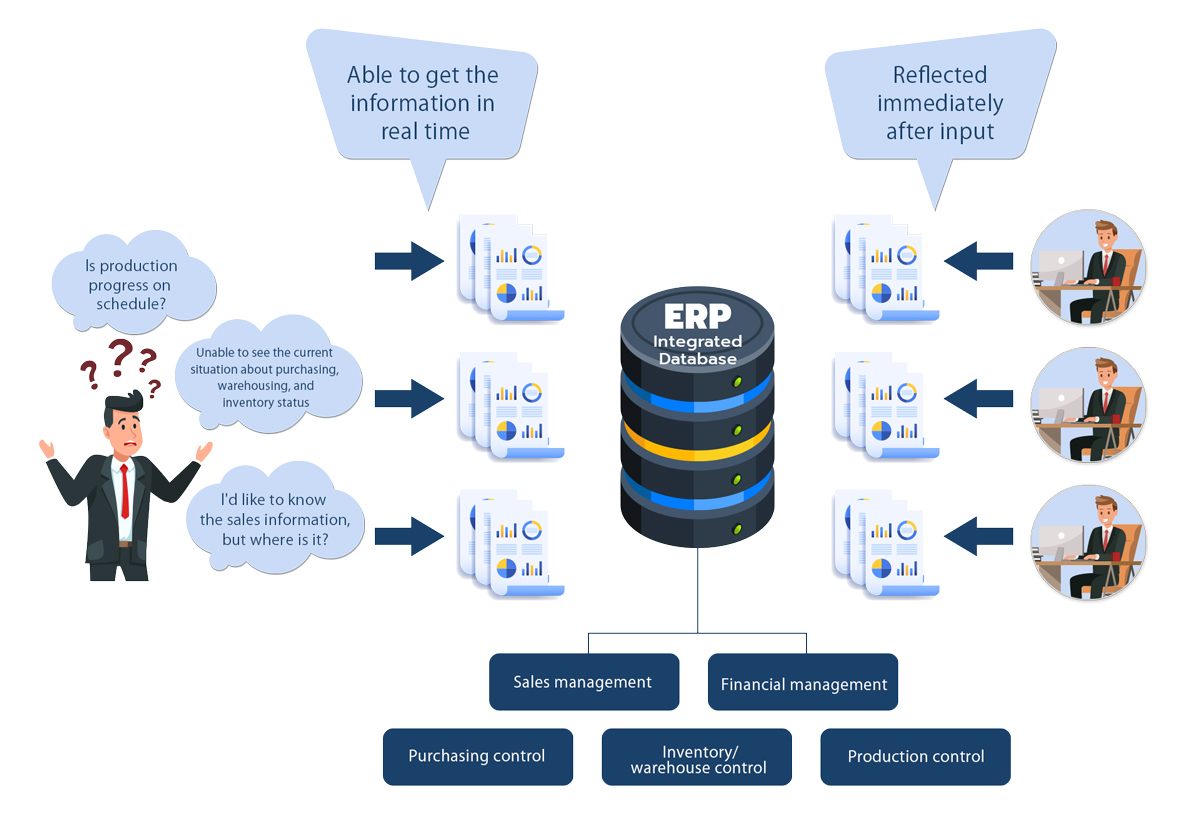
・ Eliminate duplicate entry and duplicate management (inventory, orders, sales, etc.) from different departments
・ Supports multi-currency management and automatically revalues to the base currency based on exchange rates
・ With our company's unique Thai localization feature, the system supports local accounting requirements (VAT, WHT, etc.) in Thailand.
・ Linkage with our proprietary mobile/handy terminal system enables more accurate and efficient inventory management using barcode labels, RFID, OCR, etc.
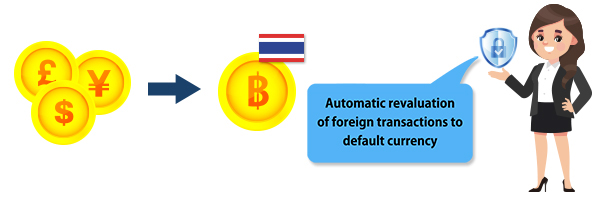
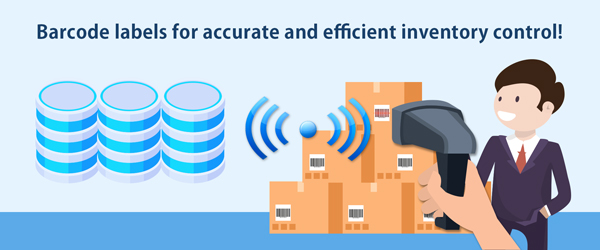
・ Visualize business conditions and improve the speed of management decision making
・ Using the standard data extraction tool (Query Manager), end users can generate reports by combining business data.
・ Provide many type of data analysis tool for more flexible and complex analysis.
・ By selecting a cloud platform, the system can be accessed directly from the head office or control center via the Internet, and information can be collected and analyzed.
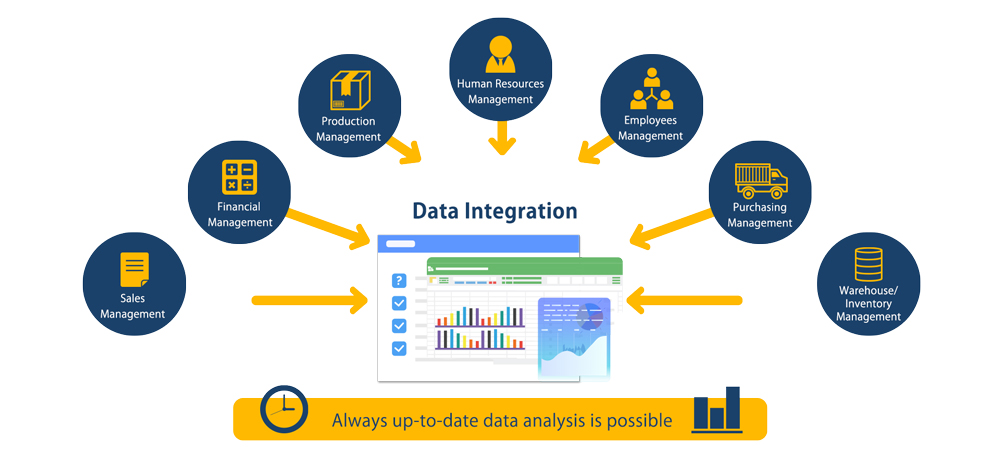
・ Hearing your current issues and requests
・ Plan the scope and schedule of implementation
・ Project planning and proposal
・ Business flow creation
・ Master design
・ Customization design
・ Testing, migration, and operation planning
・ Master creation support
・ Customized development
・ System setup
・ Migration rehearsal
・ System testing
・ Manual preparation
・ Training
・ User acceptance testing support
・On-site support
・Online Q&A support
・Problems solving support

Continuous support throughout the system lifecycle, from implementation studies to maintenance support once the project started

Define requirements while coordinating the opinions of the Thai people in the field and management.

Able to handle projects with a multilingual communication using Japanese, English, and Thai
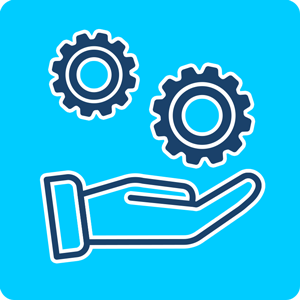
Provide a maintenance menu based on the degree of system operation, including extensive support in the initial stage of operation.
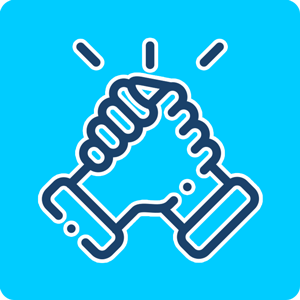
Our in-house team of experienced ERP consultants will provide you with the best solution

Minimize the risk of system implementation failure by executing the project responsibly in each phase with the client's agreement.

System Planning &Engineering 1
Manager
Aungkana Vanitchapreuk
We offer a range of services to support you from overall system planning to implementation, post-launch improvement suggestions, and monitoring. We thoroughly understand your specific business requirements and system needs to achieve optimal system implementation and operation.
If you would like to know more about the functional scope of SAP Business One, or if you wish to receive a quote or proposal from us, please feel free to contact us.

This is an ERP package for small and medium-sized enterprises from SAP that centrally manages core business operations such as sales, inventory and purchasing management, production management, accounting management, and business indicator analysis.
With its simple functionality, it achieves centralized management of business data. In Thailand, it is often chosen particularly for its ability to systematically control accounting operations, while simultaneously improving the efficiency of related business processes.
Achieves centralized management of business data required as an ERP through simple and user-friendly functions that fit the operational needs of small to medium-sized business locations.
Quick system setup is possible with simple parameter configuration, enabling a short implementation period.
With a simple setup that does not require programming skills, users can customize screens and reports themselves.